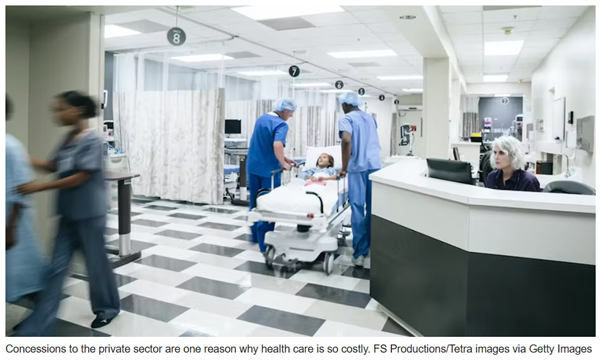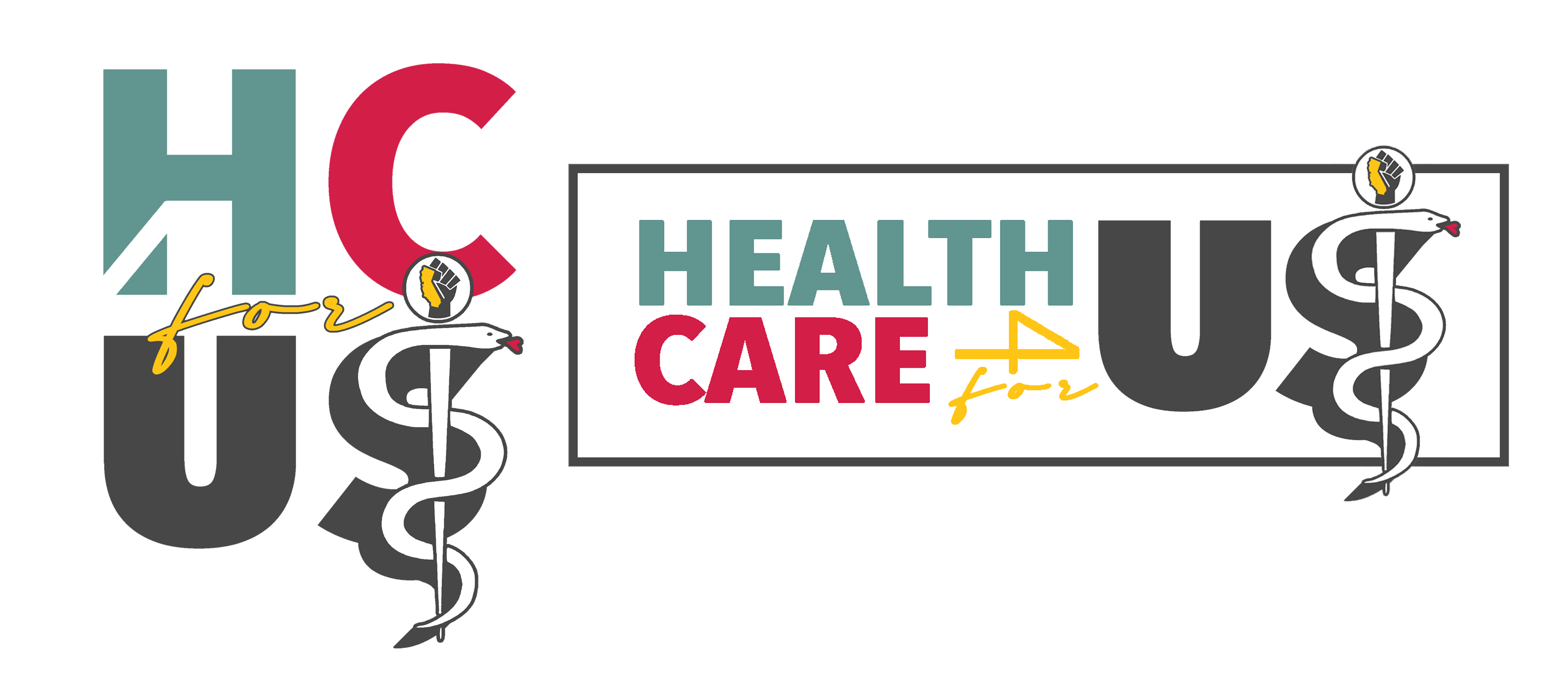US health care is rife with high costs and deep inequities, and that’s no accident – a public health historian explains how the system was shaped to serve profit and politicians
By Zachary W. Schulz
June 6, 2025
 A few years ago, a student in my history of public health course asked why her mother couldn’t afford insulin without insurance, despite having a full-time job. I told her what I’ve come to believe: The U.S. health care system was deliberately built this way.
A few years ago, a student in my history of public health course asked why her mother couldn’t afford insulin without insurance, despite having a full-time job. I told her what I’ve come to believe: The U.S. health care system was deliberately built this way.
People often hear that health care in America is dysfunctional – too expensive, too complex and too inequitable. But dysfunction implies failure. What if the real problem is that the system is functioning exactly as it was designed to? Understanding this legacy is key to explaining not only why reform has failed repeatedly, but why change remains so difficult.
I am a historian of public health with experience researching oral health access and health care disparities in the Deep South. My work focuses on how historical policy choices continue to shape the systems we rely on today.
By tracing the roots of today’s system and all its problems, it’s easier to understand why American health care looks the way it does and what it will take to reform it into a system that provides high-quality, affordable care for all. Only by confronting how profit, politics and prejudice have shaped the current system can Americans imagine and demand something different.
Decades of compromise
My research and that of many others show that today’s high costs, deep inequities and fragmented care are predictable features developed from decades of policy choices that prioritized profit over people, entrenched racial and regional hierarchies and treated health care as a commodity rather than a public good.
Over the past century, U.S. health care developed not from a shared vision of universal care, but from compromises that prioritized private markets, protected racial hierarchies and elevated individual responsibility over collective well-being.
Employer-based insurance emerged in the 1940s, not from a commitment to worker health but from a tax policy workaround during wartime wage freezes. The federal government allowed employers to offer health benefits tax-free, incentivizing coverage while sidestepping nationalized care. This decision bound health access to employment status, a structure that is still dominant today. In contrast, many other countries with employer-provided insurance pair it with robust public options, ensuring that access is not tied solely to a job.
In 1965, Medicare and Medicaid programs greatly expanded public health infrastructure. Unfortunately, they also reinforced and deepened existing inequalities. Medicare, a federally administered program for people over 64, primarily benefited wealthier Americans who had access to stable, formal employment and employer-based insurance during their working years. Medicaid, designed by Congress as a joint federal-state program, is aimed at the poor, including many people with disabilities. The combination of federal and state oversight resulted in 50 different programs with widely variable eligibility, coverage and quality.
Southern lawmakers, in particular, fought for this decentralization. Fearing federal oversight of public health spending and civil rights enforcement, they sought to maintain control over who received benefits. Historians have shown that these efforts were primarily designed to restrict access to health care benefits along racial lines during the Jim Crow period of time.
Bloated bureaucracies, ‘creeping socialism’
Today, that legacy is painfully visible.
States that chose not to expand Medicaid under the Affordable Care Act are overwhelmingly located in the South and include several with large Black populations. Nearly 1 in 4 uninsured Black adults are uninsured because they fall into the coverage gap – unable to access affordable health insurance – they earn too much to qualify for Medicaid but not enough to receive subsidies through the Affordable Care Act’s marketplace.
The system’s architecture also discourages care aimed at prevention. Because Medicaid’s scope is limited and inconsistent, preventive care screenings, dental cleanings and chronic disease management often fall through the cracks. That leads to costlier, later-stage care that further burdens hospitals and patients alike.
Meanwhile, cultural attitudes around concepts like “rugged individualism” and “freedom of choice” have long been deployed to resist public solutions. In the postwar decades, while European nations built national health care systems, the U.S. reinforced a market-driven approach.
Publicly funded systems were increasingly portrayed by American politicians and industry leaders as threats to individual freedom – often dismissed as “socialized medicine” or signs of creeping socialism. In 1961, for example, Ronald Reagan recorded a 10-minute LP titled “Ronald Reagan Speaks Out Against Socialized Medicine,” which was distributed by the American Medical Association as part of a national effort to block Medicare.
The health care system’s administrative complexity ballooned beginning in the 1960s, driven by the rise of state-run Medicaid programs, private insurers and increasingly fragmented billing systems. Patients were expected to navigate opaque billing codes, networks and formularies, all while trying to treat, manage and prevent illness. In my view, and that of other scholars, this isn’t accidental but rather a form of profitable confusion built into the system to benefit insurers and intermediaries.
Coverage gaps, chronic disinvestment
Even well-meaning reforms have been built atop this structure. The Affordable Care Act, passed in 2010, expanded access to health insurance but preserved many of the system’s underlying inequities. And by subsidizing private insurers rather than creating a public option, the law reinforced the central role of private companies in the health care system.
The public option – a government-run insurance plan intended to compete with private insurers and expand coverage – was ultimately stripped from the Affordable Care Act during negotiations due to political opposition from both Republicans and moderate Democrats.
When the U.S. Supreme Court made it optional in 2012 for states to offer expanded Medicaid coverage to low-income adults earning up to 138% of the federal poverty level, it amplified the very inequalities that the ACA sought to reduce.
These decisions have consequences. In states like Alabama, an estimated 220,000 adults remain uninsured due to…
[READ THE COMPLETE ARTICLE HERE]
